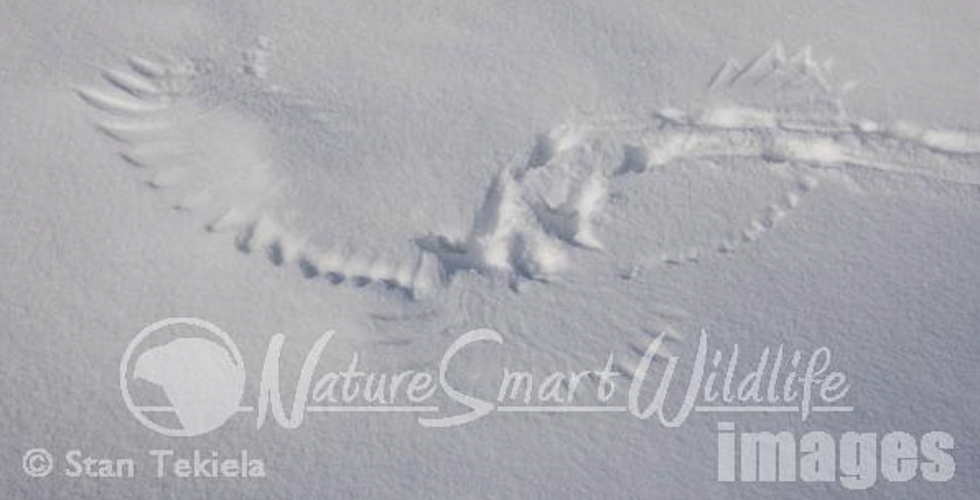
Snowflakes, a Winter Wonderland—One Flake at a Time
Over the years, naturalist and wildlife photographer Stan Tekiela has brought us many amazing pictures of animals in the snow. Today he takes a closer look at snowflakes.
A light and gentle snow started falling the other day while I was out in the woods. Quickly, the tiny snowflakes started to build a uniform blanket covering the ground. It was a beautiful scene. It was at this point that I started to notice the individual snowflakes that were sticking to my dark green jacket. I could see amazing shapes and sizes, so I decided to try and capture the wonder and beauty of the snowflake in pictures.
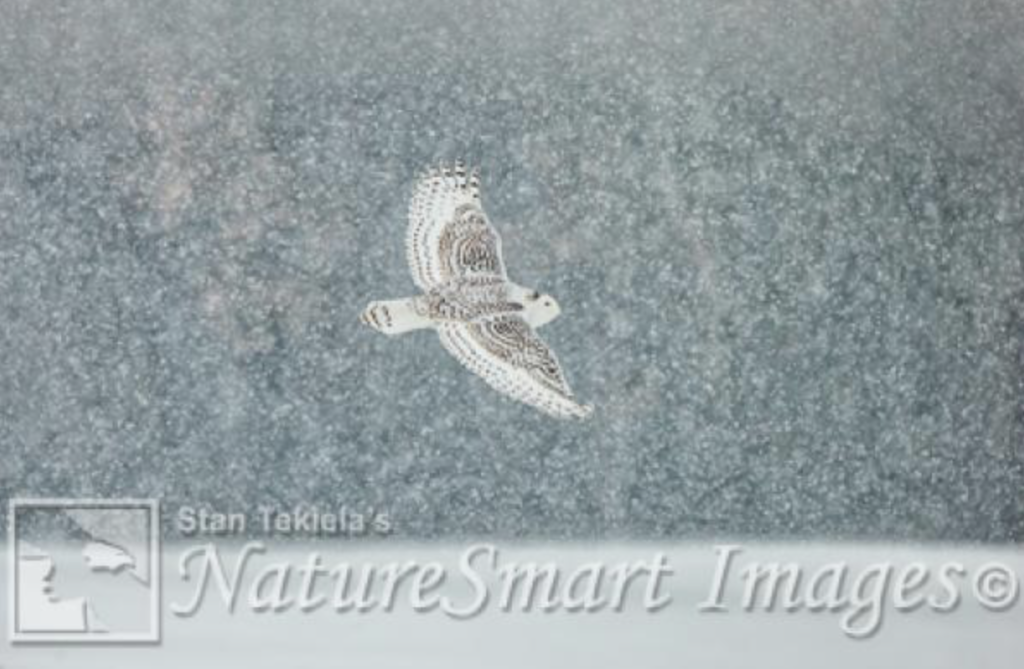
The journey of a snowflake starts in the clouds but not with a drop of water, like rain, as you might expect. Clouds are made up of water vapor, which is a gas, not a liquid. Only when tiny airborne particles such as dust or pollen come in contact with the water vapor in the cloud does the process of building snowflakes start.
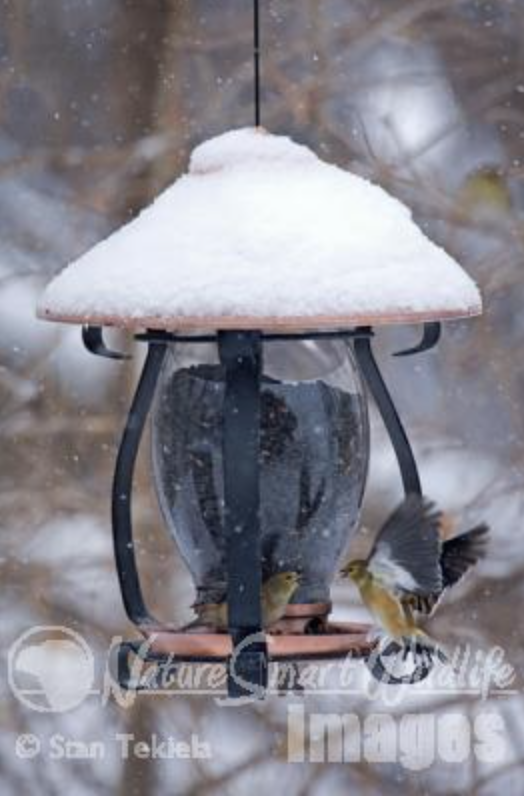
Water vapor, the gaseous phase of a water molecule (think about the steam that rises when boiling water), starts to coat a tiny particle of dust or pollen and begins to freeze. This tiny crystal is called the “seed” for the snowflake that is yet to fall from the sky.
The newly formed ice crystal “seed” is heavier than the surrounding air and begins to descend. As it starts to fall towards the earth, it passes through humid air, which causes more water vapor to freeze to the seed. This freezing process is very systematical, and the water molecules found in the vapor arrange and freeze into hexagonal crystal structures. As more and more vapor freezes to the seed, the snowflake starts to take shape and grow larger and larger.
Snow falls only when the air temperatures are below freezing all the way to the ground and there is enough moisture in the air to support the growth and formation of the snowflake. Snowflakes form in clouds that are above 10,000 feet elevation. Given the average falling speed of 3.5 feet per second, a snowflake would take about 45 minutes to an hour to fall and reach the ground, so there is a lot of time for the snowflake to grow as it descends.
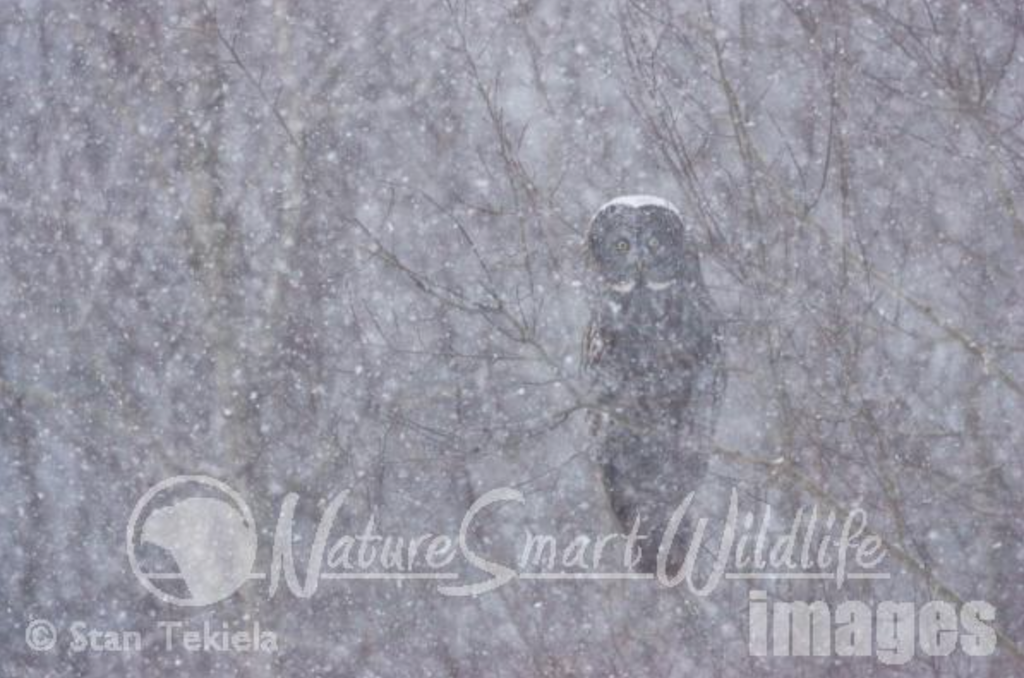
It has been estimated that about 1 septillion snowflakes fall from the sky during an average winter. That is a lot of snow, but it’s not even close to the amount of water that falls during the warmer months of the year in the form of rain.
The freezing particles arrange themselves into hexagonal (six-sided) structures and give the basic and most common snowflake its design or shape. The hexagon shape has 6 arms or projections and an infinite number of projections off the arms. In addition to this basic shape, there are many other snowflake shapes. The shapes of snowflakes are dictated by the air temperature and the amount of humidity in the atmosphere. Less humidity in the air tends to form simple shapes, while high humidity produces more complex shapes. In addition, snowflakes formed at or just below freezing temperatures produce simple shapes, while extremely cold temperatures produce more complex structures such as columns, plates, and needles.
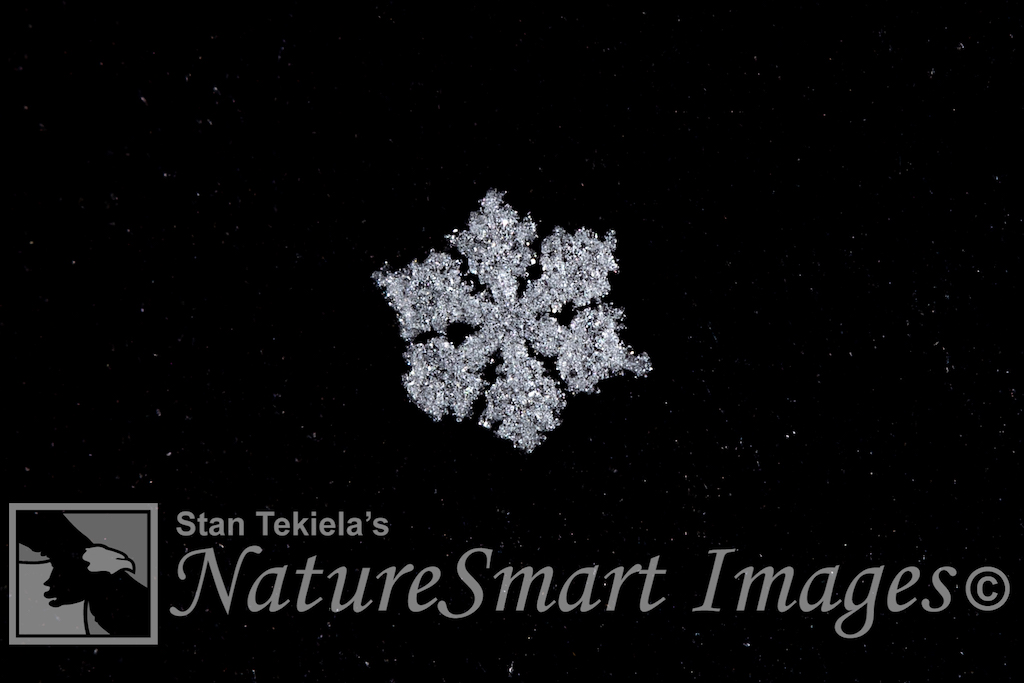
Which brings me to the age-old statement that no two snowflakes are the same. Many snowflakes are similar in appearance; because snowflakes are dependent upon so many variables, it is often said that the conditions when snowflakes are produced are never the same, so it’s impossible that two snowflakes can be exactly the same. In a laboratory, exactly the same snowflakes can be produced. But, because the atmosphere is always changing and moving, the chance of two snowflakes being exactly the same is very small.
So, the next time you are out and snow starts to fall, take a minute to examine the marvelous jewels that we call snowflakes.
If you enjoyed Stan’s post, you may consider his amazing nature books: Majestic Eagles, Wild Birds, or Backyard Birds: Welcomed Guests at our Gardens and Feeders.
You can follow Stan on Facebook and Twitter, or contact him via his web page. Stan’s nationally syndicated NatureSmart Column appears in more than 25 cities spanning 5 states (Minnesota, Wisconsin, Michigan, Illinois, and Pennsylvania) and is circulated to more than 750,000 readers.
For more about wildlife and nature, sign up for our newsletter now!


